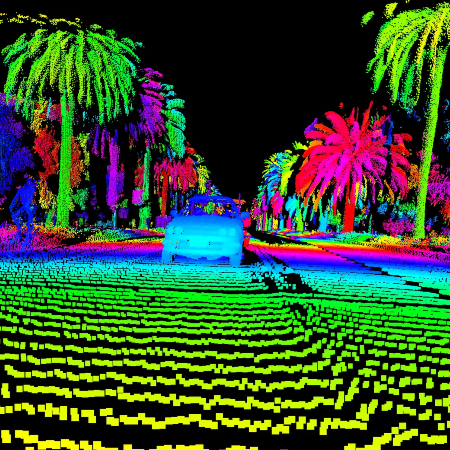
As you’ve probably heard: Dash cams are big in other countries. Now, they’re taking off in America. Drivers everywhere are adopting them, enhancing their vehicle’s safety while protecting their insurance. So, what’s new with them? They’re not out of style—not yet, at least—but they’re definitely not getting as much press as before.
Dash Cams Pricing and the Modern Market
First, you should know they’re available for as little as $50. Mounted to a car’s windshield or dashboard, a dash cam can record anything and everything happening in front of a vehicle. Advanced dash cams, meanwhile, can record interior video and audio. Some have rear-facing video capture options.
Because of their low price, U.S. wholesale dash cam shipments are rising. In fact, dash cam sales jumped by 10 percent in 2016. They’re expected to rise another 15 percent this year, generating $68 million in revenue.
The Jump to GPS
Dash cam popularity has also risen due to their integration into portable navigation units. Drivers are outfitting entire GPS systems with camera support, reinventing the way they navigate. While many GPS models differ in terms of features, high-tier GPS products are implementing dash cam support to help with destination travel.
Recording video in public places is a right defended by the First Amendment. Seemingly, dash cam developers are utilizing this protection to create new, unique dash cam applications. Generally, it’s legal to record anything beyond your car on public roads. That said, recording inside a vehicle is posing problems.
Illegal Conversation Recording
In many states, recording interior car conversations is illegal unless all parties are informed of the recording. So, drivers need to let passengers know they’re being recorded. Many models leave out the interior recording feature, though, making them completely “clean” options.
As for the insurance world, dash cams have become powerful evidence tools. A lot of insurers don’t offer premium discounts for dash cam owners, but they’re starting to warm up to the idea. While cellphone photos still prevail in the insurance evidence realm, rear-view dash cam footage is being used more. Meanwhile, city-dwellers are using dash cams to record vandalism and robberies. Higher-priced dash cams, which offer 360-degree perspectives, are among the best models for such recording.
Dash cams are still kicking off, but they’re gaining traction quickly. Likely, we’ll see more drivers successfully fight disputes via cam footage—making them more viable in the insurance world. So, what do you think? Is it time to pick up a camera?




